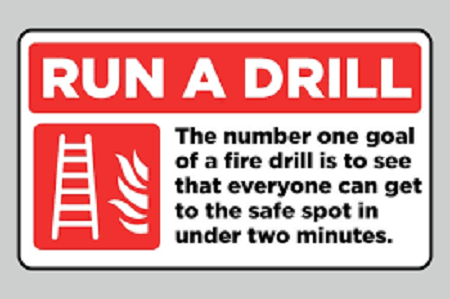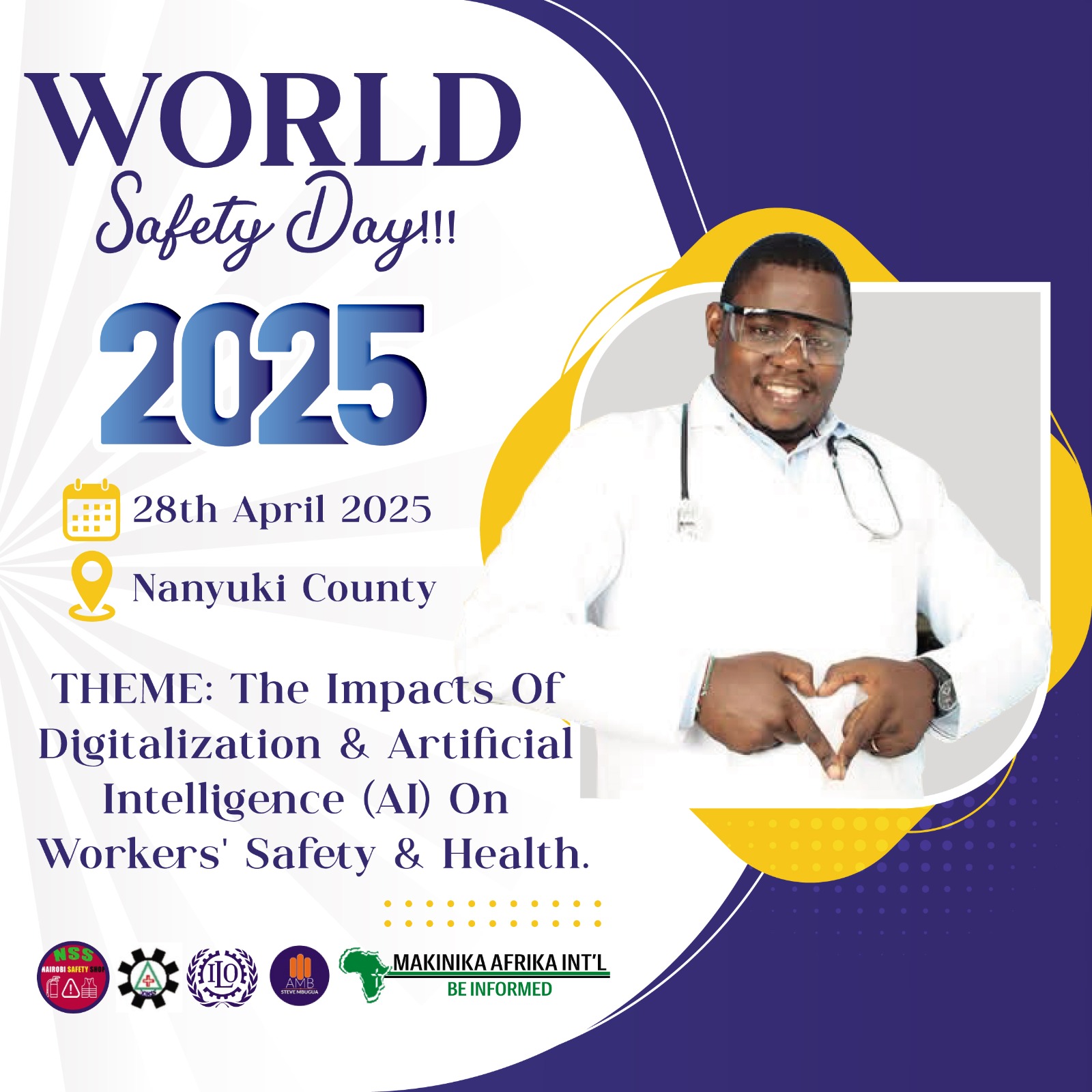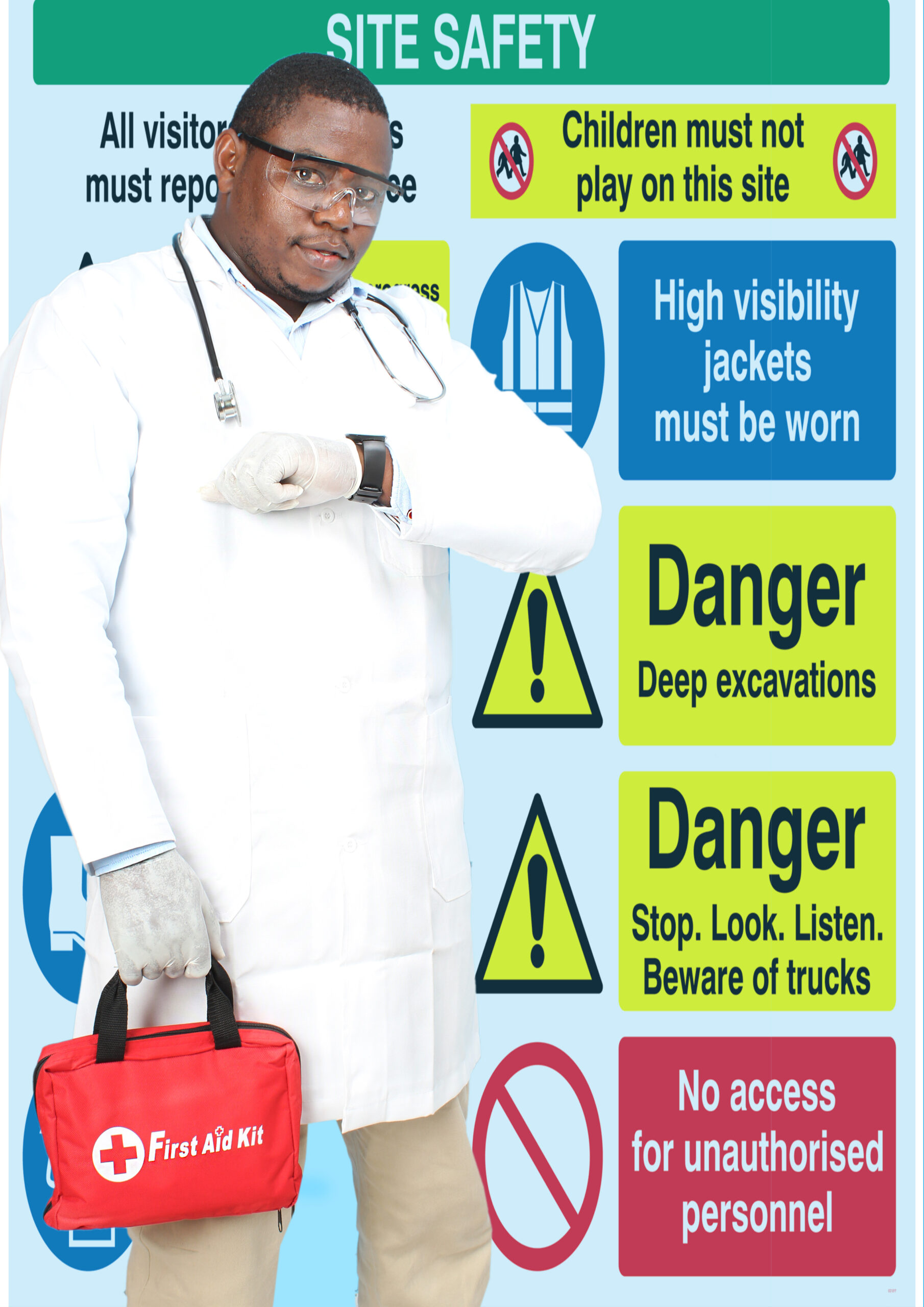Occupational Health and Safety (OHS) and data are intricately linked, as data plays a crucial role in managing and improving workplace safety. Data-driven approaches enhance the effectiveness of OHS programs by providing insights into risks, trends, and performance metrics. Here’s a detailed overview of how data is utilized in occupational health and safety:
**1. Data Collection and Management
**1.1. Types of Data
Examples:
• Incident Reports: Data on workplace accidents, injuries, and near misses.
• Health Records: Information on workers’ health conditions and exposures to hazardous substances.
• Safety Inspections: Data from routine inspections of facilities, equipment, and practices.
• Training Records: Information on employee training and certification related to safety.
Explanation: Collecting a variety of data types provides a comprehensive view of workplace safety, allowing for better analysis and decision-making.
**1.2. Data Collection Methods
Techniques:
• Manual Reporting: Paper-based forms and logs for recording incidents and inspections.
• Electronic Systems: Digital tools such as safety management software and mobile apps for real-time data collection.
• Sensors and Monitoring: Use of sensors to monitor environmental conditions, equipment performance, and worker exposure.
Explanation: Different methods of data collection cater to various needs and can be integrated to provide a more accurate and timely picture of safety conditions.
**2. Data Analysis and Interpretation
**2.1. Trend Analysis
Techniques:
• Incident Trends: Analyze trends in accident and injury rates over time to identify patterns and potential problem areas.
• Health Trends: Track health data to identify correlations between workplace exposures and health outcomes.
Explanation: Trend analysis helps in identifying recurring issues, assessing the effectiveness of safety measures, and targeting interventions more effectively.
**2.2. Risk Assessment
Techniques:
• Quantitative Risk Analysis: Use statistical methods to quantify the likelihood and impact of identified risks.
• Qualitative Risk Assessment: Apply expert judgment to evaluate risks based on historical data and industry knowledge.
Explanation: Data-driven risk assessment improves the accuracy of risk evaluations and supports informed decision-making regarding safety measures and controls.
**3. Performance Metrics and Indicators
**3.1. Key Performance Indicators (KPIs)
Examples:
• Incident Rate: Number of incidents per unit of work (e.g., per 100,000 hours worked).
• Compliance Rate: Percentage of compliance with safety regulations and standards.
• Training Completion Rate: Percentage of employees who have completed required safety training.
Explanation: KPIs provide measurable indicators of safety performance, helping organizations track progress and identify areas for improvement.
**3.2. Benchmarking
Techniques:
• Internal Benchmarking: Compare safety performance across different departments or locations within the organization.
• External Benchmarking: Compare safety performance with industry standards and competitors.
Explanation: Benchmarking provides a reference point for evaluating performance and setting realistic safety goals and targets.
**4. Predictive Analytics and Forecasting
**4.1. Predictive Models
Techniques:
• Statistical Modeling: Use historical data to develop models that predict future safety incidents and trends.
• Machine Learning: Apply machine learning algorithms to analyze large datasets and identify patterns that can predict potential safety issues.
Explanation: Predictive analytics helps anticipate potential risks and incidents, allowing organizations to take proactive measures to prevent accidents.
**4.2. Scenario Analysis
Techniques:
• What-If Scenarios: Analyze hypothetical scenarios to assess the impact of potential changes in safety practices or operational conditions.
• Simulation Models: Use simulation tools to model different safety interventions and their potential outcomes.
Explanation: Scenario analysis supports decision-making by evaluating the potential effects of different safety strategies and interventions.
**5. Data-Driven Decision Making
**5.1. Data Integration
Techniques:
• Integrated Systems: Use integrated safety management systems to combine data from various sources, such as incident reports, health records, and environmental monitoring.
• Dashboard and Reporting Tools: Utilize dashboards and reporting tools to visualize data and facilitate data-driven decision-making.
Explanation: Integrating data from multiple sources provides a holistic view of safety performance and supports more informed decision-making.
**5.2. Continuous Improvement
Techniques:
• Feedback Loops: Implement feedback loops to continuously assess the effectiveness of safety measures and make data-driven improvements.
• Safety Audits: Use data from safety audits to identify gaps and areas for improvement in safety practices.
Explanation: Continuous improvement processes ensure that safety practices evolve based on data-driven insights, leading to ongoing enhancements in workplace safety.
**6. Compliance and Reporting
**6.1. Regulatory Compliance
Techniques:
• Compliance Tracking: Use data to monitor and track compliance with regulatory requirements and industry standards.
• Audit Trails: Maintain detailed records of compliance activities, inspections, and corrective actions.
Explanation: Effective data management supports compliance with safety regulations and facilitates reporting to regulatory bodies.
**6.2. Reporting and Communication
Techniques:
• Incident Reporting: Ensure timely and accurate reporting of incidents to relevant stakeholders and regulatory authorities.
• Safety Reports: Generate regular safety reports to communicate performance, trends, and improvements to management and employees.
Explanation: Clear reporting and communication ensure transparency and accountability, helping to maintain a strong safety culture within the organization.
**7. Technology and Innovations
**7.1. Safety Management Software
Features:
• Incident Management: Track and manage safety incidents and near-misses.
• Compliance Management: Monitor compliance with safety regulations and standards.
• Data Analytics: Analyze safety data to identify trends and performance metrics.
Explanation: Safety management software centralizes data and provides tools for effective safety management, reporting, and analysis.
**7.2. Wearable Technology
Examples:
• Health Monitoring Devices: Wearables that track vital signs and environmental exposures.
• Location Tracking: Devices that monitor worker locations and movement in hazardous areas.
Explanation: Wearable technology enhances safety by providing real-time data on worker health and environmental conditions, supporting proactive risk management.
Data plays a vital role in occupational health and safety by providing insights into risks, performance, and compliance. Effective data collection, analysis, and management enable organizations to identify hazards, assess risks, and implement targeted safety measures. By leveraging predictive analytics, performance metrics, and advanced technologies, organizations can enhance their safety programs, improve decision-making, and foster a culture of continuous improvement. Ensuring that data is integrated, analyzed, and communicated effectively supports a proactive approach to managing workplace safety and compliance.
READ MORE
Occupational Health and Safety Management Systems(OHSMS)
Largest Safety Company
Safety Culture Video
Building A Culture Of Safety



















